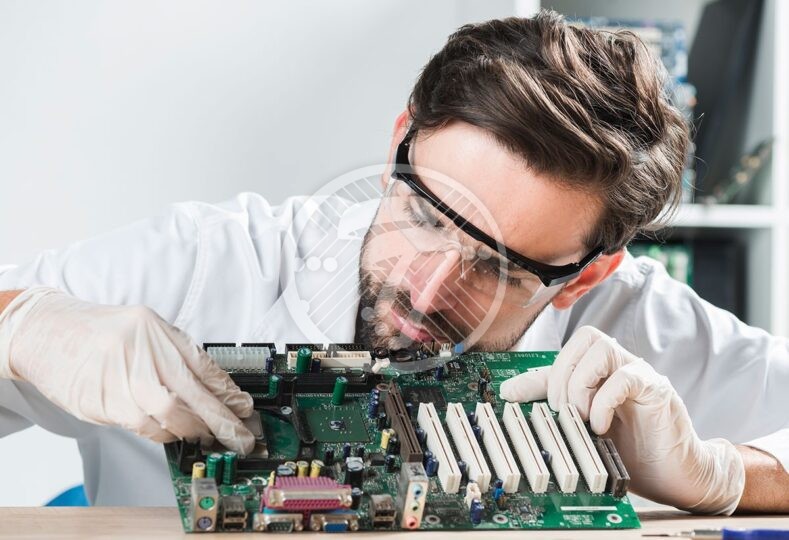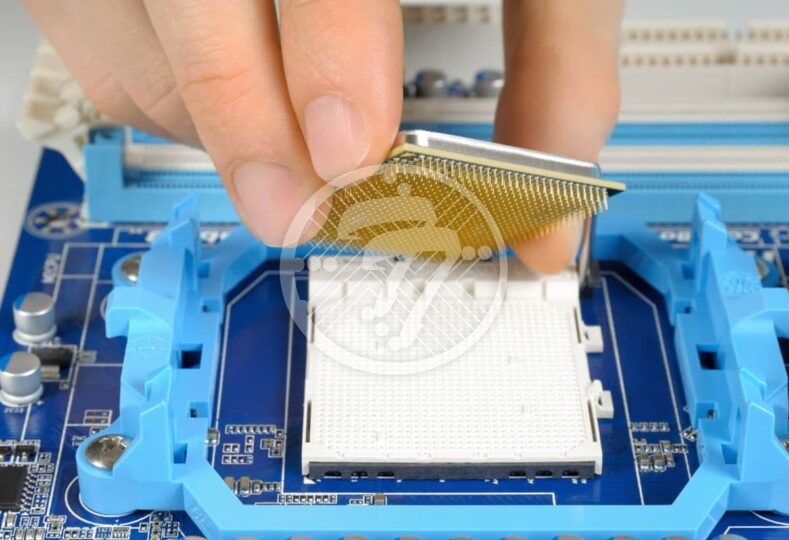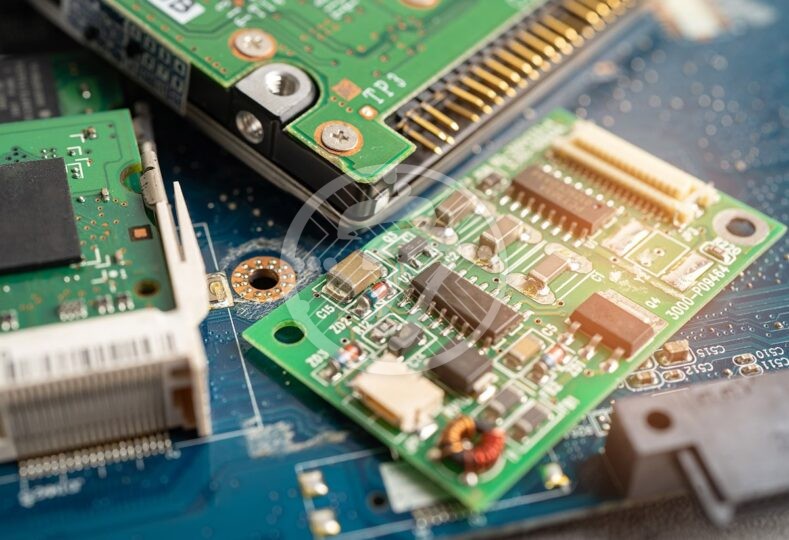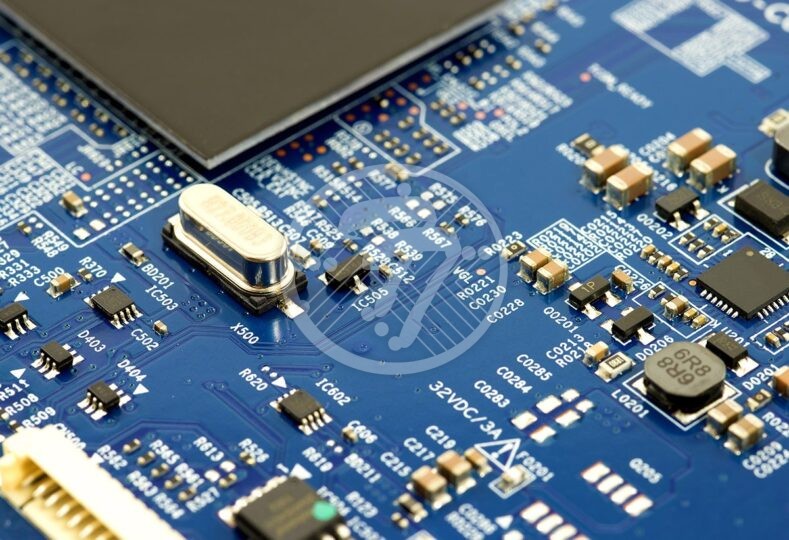Turnkey PCB Assembly – A Comprehensive approach to get instant PCB quote and production

The traditional approach to PCB assembly is riddled with many problems, foremost among them being the fact that it is high on cost besides being a long-drawn process. Also it typically supports large orders and isn’t suited for prototypes. Turnkey PCB Assembly therefore comes in handy as it serves as an antidote to all these issues faced with traditional PCB Assembly.
Essentially Turnkey PCB Assembly leverages cloud based software and makes the process of developing printed circuit boards hassle free. All you need to do is to upload a design. With Turnkey Assembly Services then the vendor deals with the entire assembly process including material procurement, PCB fabrication and assembly, testing, packaging and fulfillment.
Also checkout : PCB Assembly Service Quotes
Some of the advantages of Turnkey PCB Assembly include:
Prototyping
While traditionally creating a prototype is a lengthy process that involves dealing with multiple vendors, sometimes contending with out-of-stock-components and overall large lead times, Turnkey PCB Assembly allows for quick prototyping which in turn significantly reduces the time-to market. Needless to mention that it is a major source of competitive advantage.
Works for small orders
Traditional PCB Assemblies cater to large order batches and therefore aren’t conducive to prototypes as well as small orders. Turnkey PCB Assembly on the other hand, by virtue of being able to combine several small orders into a large run, can cater to any order quantity with ease. Irrespective of your order size you can therefore get exemplary service which otherwise can be a prerogative of large quantity orders alone.
Shorter Development Cycle
Turnkey assembly has a much shorter development cycle than traditional PCB fabrication, which in turn means that the PCB’s cycle from assembly line to market is much shorter. This is largely on account of the fact that time isn’t lost switching from phase to phase. Time saving is also on account of the fact that you deal with one vendor for your end-to-end requirement. With a shorter development cycle you tend to gain significant advantages when it comes to proactively responding to changing customer preferences.
No need to deal with multiple vendors
Turnkey PCB Assembly takes away the need to deal with multiple vendors, thereby reducing chances of miscommunication. With multiple vendors you often also face the issue of any delay causing a ripple effect. Also in case you need to make any changes, you need to find the right person who can execute it. It helps to have a single point of contact who can answer questions and implement any changes. Not to mention the fact that with one vendor assembling your final product, peace of mind is a given!
End-to-end services
Turnkey PCB Assembly typically offers end-to end services comprising of product assembly, inventory and shipping. This offers a number of advantages. Besides the logistical ease of a having one point contact, it also saves time as there are no cascading delays.
Perfect for small businesses
On account of the fact that Turnkey PCB Assembly can offer limited quantities as well as quick turnaround time, it works well particularly for startups and small businesses. With professional prototypes delivered in short time spans, it becomes far easier to pitch the idea to investors as startups have an effective proof of concept to showcase.
Turnkey PCB Assembly also works well for Kickstarter creators who aren’t sure of the volumes they would require and hence cannot commit to large numbers at one go. The flexibility in quantity offered by turnkey assembly services also work well for hobbyists who want to experiment with ideas. Besides being a boon to small organizations, they can also work well for larger set ups that are nimble.
Identifies Problems Early
A major advantage of Turnkey PCB Assembly is also that it can identify any manufacturing problems early on. The manufacturer can identify any errors in design that can be corrected early thus saving the manufacturer from paying a heavy cost on account of design issues. In turn, it also helps establish better design practices in the long run.
Consistency
With Turnkey PCB assembly, consistency of results is a given thereby ensuring stringent quality standards. The importance of quality cannot be overemphasized in today’s competitive environment where a single inconsistency can lead to loss of reputation especially with social media on an overdrive.
From Concept to Delivery
With PCB fabrication, procurement, assembly, testing, packaging etc being taken care by the manufacturer, it eliminates a whole lot of stress while the vendor takes care of everything. You can therefore focus on perfecting your design and bring high quality products to life, far faster. Essentially then, with turnkey services there is a significant freeing of time for your team, which can in turn be used in other areas that need the manufacturer’s attention.
At Technotronix, we have over 4 decades of experience in offering high-quality custom boards. Our state-of-the-art machinery and experienced manpower can offer you products that are way ahead of the curve. Additionally, we have a huge vendor network when it comes to sourcing components. What that means for you, is that we offer you high quality products with a quick turnaround time and at optimal costs. A range of clients across industries have gained a competitive edge with our turn key PCB Assembly, California with our consistent delivery of high-quality, on-time, price-competitive products. To know more, please explore our PCB Turnkey Solution!









